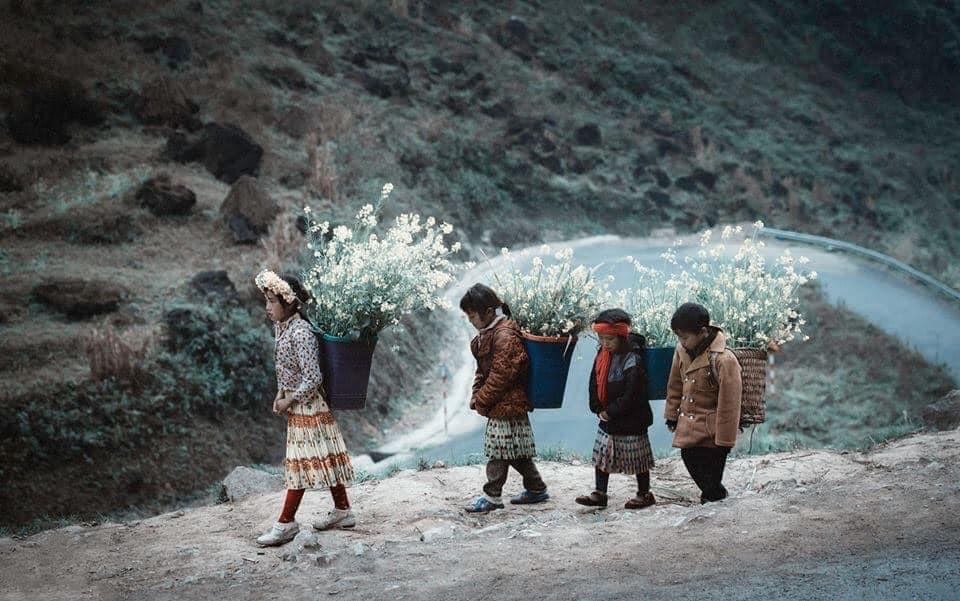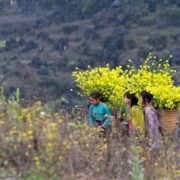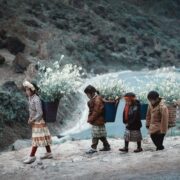
Ethnic minorities people in Sapa
There are four main ethnic groups residing in Sapa: the Hmong (52%), Red Dao (25%), Tay (5%) and Giay (2%). Besides that, residents include minor percentages of the Muong tribe, the Tay tribe, the Hoa tribe, and the Xa Pho. Interestingly enough, besides its own unique culture, and historical background, each hill tribe in Sapa has its distinctive language
H’MONG tribe: With origins from China, the H’mong people came to Vietnam 300 years ago. Unfortunately, due to their literacy being low, there isn’t much written history of Hmong people in Vietnam. Thereof, Hmong tradition and stories are passed down through rituals and legends. Vietnam’s Hmong society is patriarchal, meaning that each Hmong village has a chief head of the village who takes care of all arising issues.
Tay tribe: Having come to Sapa about 500 BC, the Tay people are the largest ethnic minority in Vietnam making 2% of the Vietnamese population and according to worldtravelconnector.com they are the most integrated ethnic minority in modern Vietnamese and Kinh culture. Astrology is an important part of their belief system. So much so, that they consult astrology when it comes to marriages and constructing new
Red Dao tribe: This tribe is the second-largest ethnic minority in Sapa district and one of the most distinctive Vietnam tribes. They are also called ‘Jungle People‘. Their unique belief system includes elements of Confucianism, Buddhism and Taoism. When choosing a place for a house, they dig a hole and fill it with rice. The rice represents family members and all their possessions.
Giay tribe: Their customs are influenced by Chinese culture. However, they also speak the Thai language. The Giay people are well known for their five-colored steamed sticky rice symbolizing the five elements of Nature: earth, water, fire, wood, and metal.
Nowadays, Sapa welcomes a wide range of visitors, attracted by the hill tribes, scenic rice paddies and mesmerizing forests. According to responsibletravel.com , one can listen to folk music in local homes, witness traditional Tay and Dao dance, stroll around village markets and help local families with gardening and taking care of domestic animals.
Recent Posts
Top 5 Things To Do In Ha Giang
Ethnic minorities people in Ha Giang
Ethnic minorities people in Sapa
All Categories

Thailand





